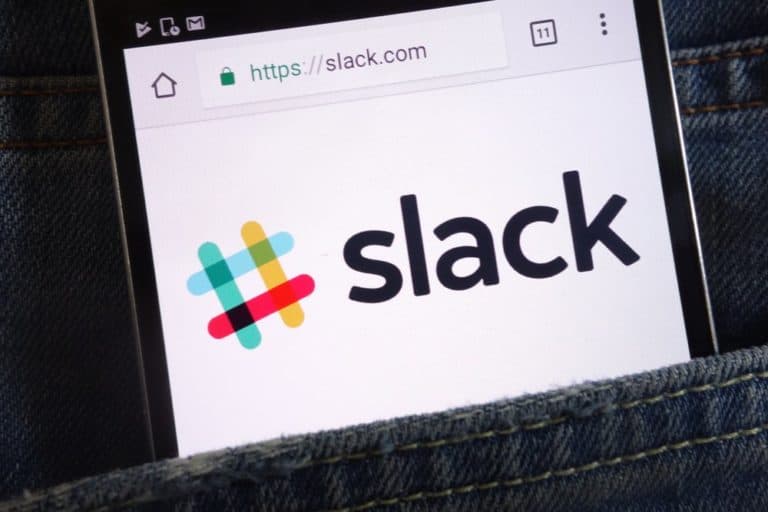Slack announced a series of Workflow Builder updates. The introduction of ‘if-then’ statements opens up a world of possibilities.
Slack is one of the world’s most popular business tools. Last year, the organization announced a drastic change. Slack wants to be an automation platform. Workflow Builder is key to the strategy.
The tool allows users to automate workflows in popular business tools. Think of registering a lead in Salesforce, approving furlough requests in Excel or creating a project task in Zapier. Programming is allowed, but non-technical users can use the tool just as well.
Slack announced the first-next updates for Workflow Builder. Sharing workflows will become a little easier. In addition, the introduction of ‘if-then’ statements makes it possible to design workflows that adapt to user input. More on that later.
Sharing workflows
Workflows are currently through a pinned message in a Slack channel. An upcoming update allows users to share workflows with a URL. When posting the URL in a private message or group chat, Slack generates a preview that allows users to boot the workflow.
Users no longer need to navigate through channels to find workflows. According to Slack, the update will be available sometime in the next few months.
If-then statements
Furthermore, Slack will support if-then statements from early 2023 onwards. The introduction allows workflows to respond to a user’s input.
Suppose you’re designing a workflow for the approval process of a document. You want a manager to be able to choose between ‘agree’ and ‘disagree’. Finally, you want the manager’s choice to be sent to the document’s author in a message. ‘If-then’ statements allow you to automate the process with a single workflow.
‘If’ the manager clicks agree, ‘then’ the author receives a green message. ‘If’ the manager clicks on disagree, ‘then’ the author receives a red message. The current version of Workflow Builder requires you to build two workflows to achieve the same goal.
